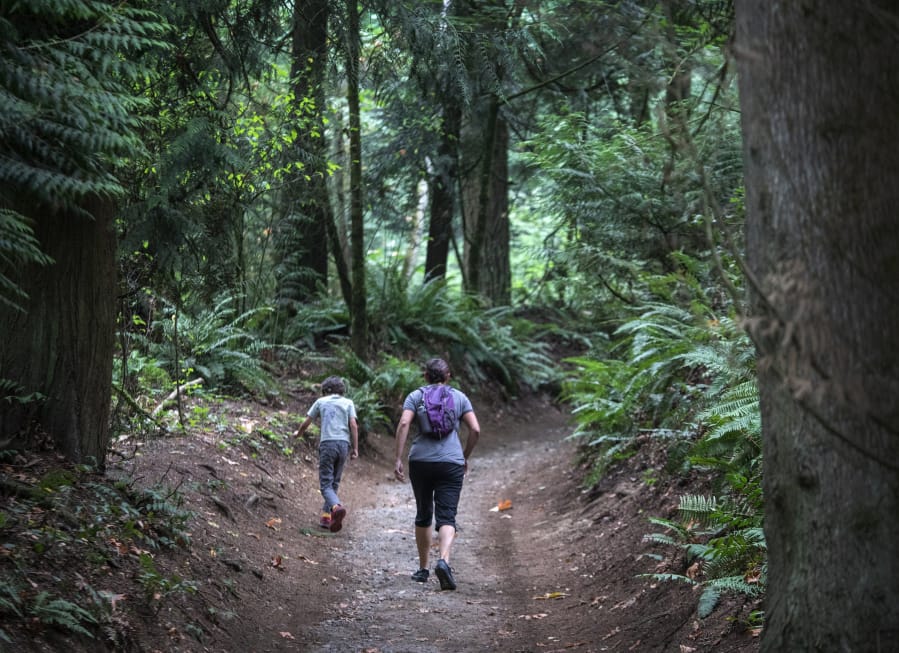SEATTLE — When ultramarathoner and endurance athlete Becky Rogers told me trail running felt like “breaking all the rules,” I knew I needed to know more. I’ve been running for years, but my trail runs have until recently been relegated to urban trails, and does Seattle’s Discovery Park really count?
Kirkland’s Bridle Trails State Park, Rogers told me, is the best place to get to know the sport. So on a recent weekday, I breezed through some guidance on trail-running technique, drove to Kirkland and put it to the test.
It was the best decision I’ve made in weeks. Because it’s in Kirkland and geared toward equestrians, I often overlook Bridle Trails when deciding where to put One Foot in Front of the Other. But it turns out these are also some of the best things about it Kirkland’s an easy drive from Seattle, and if you have an inner horse girl, she will delight in the surroundings.
I ran the 3.5-mile Coyote Trail, which skirts the perimeter of the park, with views of grazing horses, a shady canopy of trees overhead (Bridle Trails would be a fine place to walk on a rainy day) and low traffic. I passed very few other people and the only horses I saw were off in a field away from the trail.



